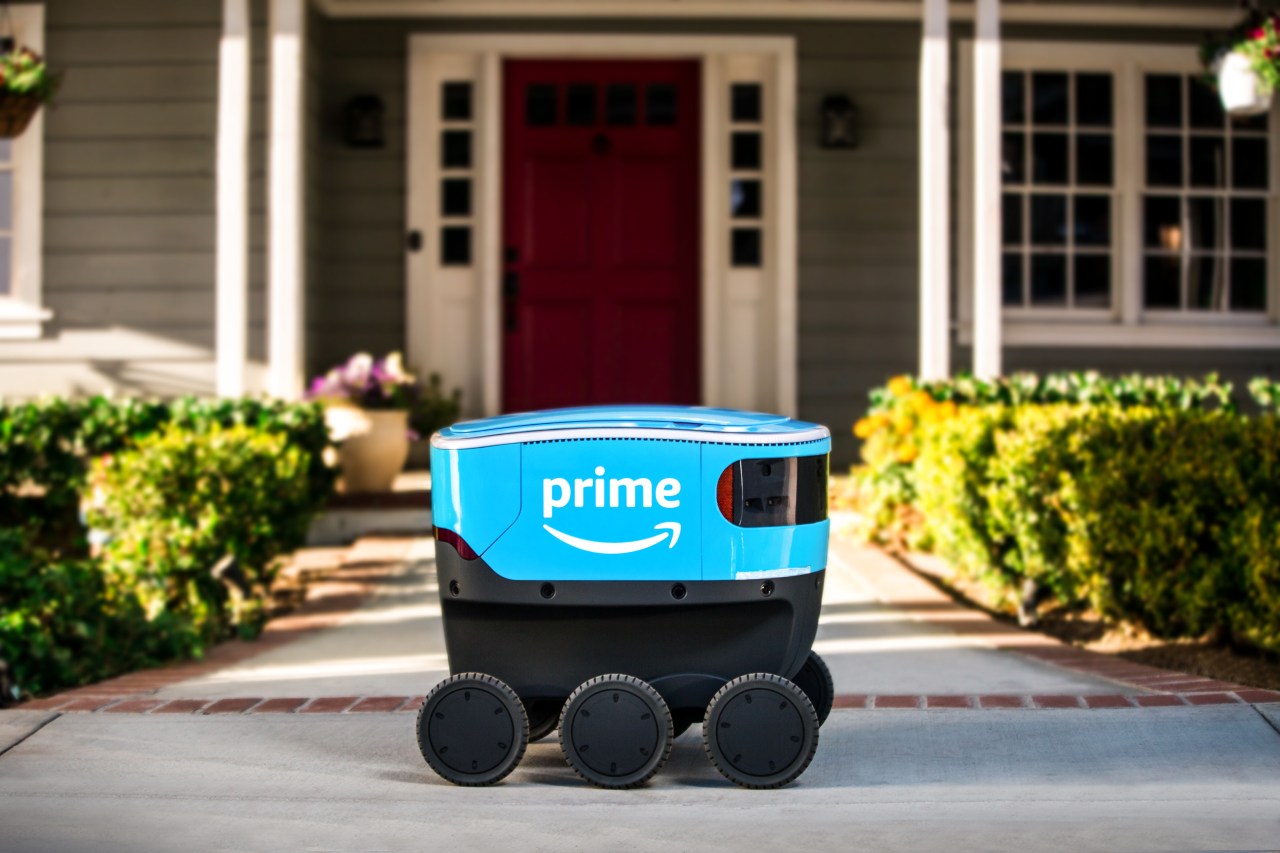In a world where convenience is king, Amazon’s venture into the realm of delivery robots seemed like a logical and promising step. Enter the Scout delivery robot, designed to facilitate seamless, sidewalk-level package deliveries. However, recent developments indicate a shift in strategy for Amazon. Instead of pushing forward with Scout’s expansion, the retail giant has decided to scale back the program, a move reflective of the challenges faced in this burgeoning technological arena.
The Unexpected Scaling Back of Scout
Although Amazon is not entirely phasing out the Scout program, the decision to scale back certainly comes as a surprise. Initially launched in 2019, the Scout robot aimed to blend technology and everyday convenience, with the promise of making deliveries without the need for human intervention. However, as Amazon recently shared, customer feedback indicated that several aspects of the program fell short of expectations.
The company emphasized that the move is not just about the technology, but also about its people. With approximately 400 employees previously engaged in the program, Amazon is now focused on transitioning these staff members to roles that align with their skills and experiences. This pivot is crucial, as it reflects the company’s understanding that innovation must not come at the cost of its workforce.
Lessons Learned from Real-World Testing
As anyone involved in tech development knows, real-world testing often reveals insights that aren’t apparent in a controlled environment. The initial tests of the Scout showed promise, particularly in urban areas where rapid delivery could significantly enhance customer satisfaction. However, logistical hurdles and unexpected challenges led to the program’s reorientation.
- Customer Interaction: Tests required “Scout Ambassadors” to oversee the robotic deliverers, indicating a need for human oversight even in what was intended to be an autonomous system.
- Market Saturation: The landscape for delivery robots is becoming increasingly competitive, with a plethora of companies vying for dominance in the field.
- Technological Adaptability: It’s crucial for robotic solutions to adapt fluidly to different environments and customer behaviors, a challenge that the Scout program struggled to overcome.
The Broader Implications for Amazon
This scaling back of the Scout initiative reflects broader trends within Amazon itself, as the company recalibrates its priorities amidst tightening budgets and a rapidly changing market environment. Recent reports suggest a deliberate focus on larger acquisitions and strategic ventures under CEO Andy Jassy, a pivot that has also attracted regulatory scrutiny.
While the Scout robot’s return to the drawing board may dishearten tech enthusiasts and customers alike, it underscores a vital aspect of innovation: the importance of iterative learning. Failure, however painful, often paves the way for future breakthroughs by providing insights that can lead to better, more effective technologies.
Looking Ahead
Despite the current setback, interest in delivery robotics remains strong. Companies and consumers alike are continuously seeking more efficient solutions. As Amazon refines its approach toward making delivery robots viable and effective, the future holds much promise. The materials learned today may well serve as foundational elements for the next evolution of delivery systems, ensuring that they genuinely meet consumer needs.
At fxis.ai, we believe that such advancements are crucial for the future of AI, as they enable more comprehensive and effective solutions. Our team is continually exploring new methodologies to push the envelope in artificial intelligence, ensuring that our clients benefit from the latest technological innovations.
Conclusion
In closing, Amazon’s Scout delivery robot exemplifies the realities of innovation in the tech sector. While it’s a compelling concept that faced challenges in execution, the learning experiences from this project will undoubtedly influence future developments in autonomous delivery services. As technology continues to evolve, we can anticipate new approaches and ideas that will eventually pave the way for successful implementation of delivery robots in our communities.
For more insights, updates, or to collaborate on AI development projects, stay connected with fxis.ai.

